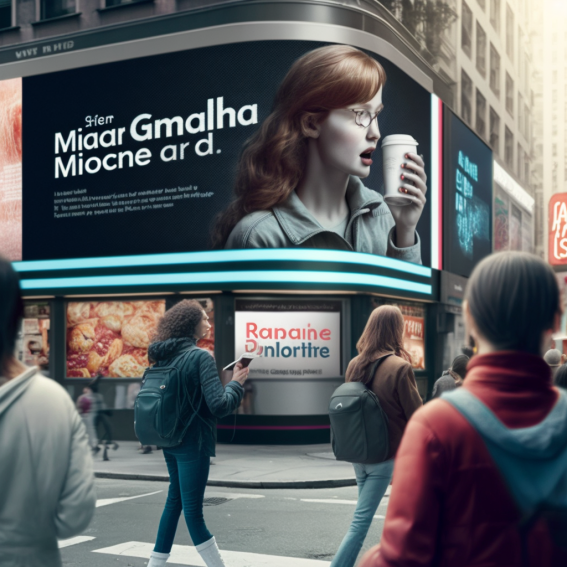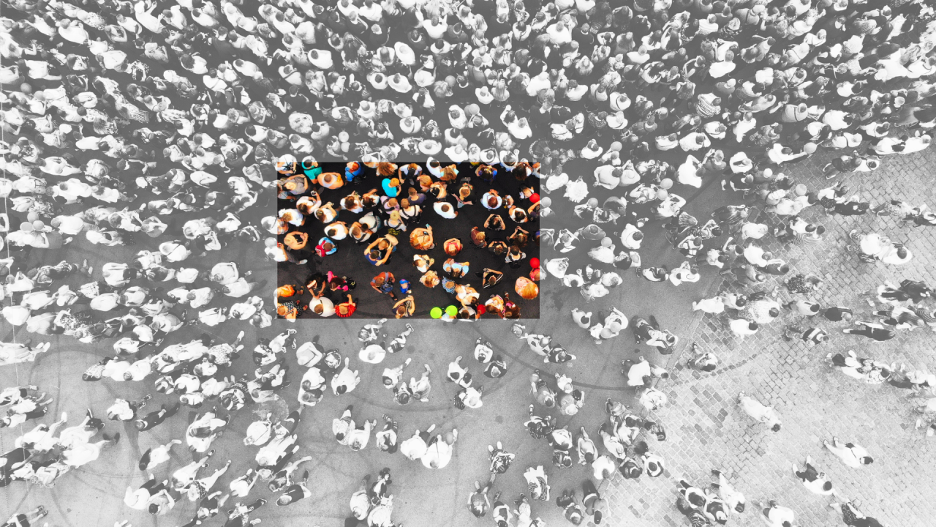Published by:
Ben Lewis
VP, Business Development
Michael Misiewicz
Data Science Consultant
BL: Why don’t you tell me a little bit about yourself. What did you study and how did you find yourself working in ad tech and natural language processing?
MM: My background is in the life sciences as well as computer science. I went to school for bioinformatics, with a specific focus on cell biology in a neuroscience context. I moved to New York City about 10 years ago to work for AppNexus. A very interesting place. Eventually I worked on anti-fraud at AppNexus, which was a fascinating problem because you have this giant system and all these moving parts and it was very much like taking apart a car while it’s running.
After that I pivoted into natural language processing because I was seeing how cookies are becoming a risky technology in the ad tech industry. At the same time there was a big breakthrough with NLP that was starting in 2018 with the Google BERT paper, and it hasn’t stopped since then. All of these technologies are in a really hot spot right now.
BL: What is NLP or Natural Language Processing?
MM: NLP is not a new thing. It’s just in the news a lot more. It is basically writing computer programs that can understand what people are writing — understanding human language in a natural manner. That sounds broad because it is broad. Ten or fifteen years ago that meant, how do you build a really good search engine. How do you find pages that answer a search query? Starting in 2007 to 2010 it was Siri. How do I start a timer with my voice and that kind of thing. So all of that is NLP and now it’s become these chat applications, such as ChatGPT, and large scale understanding systems. The advances in NLP have recently seen hockey stick growth. Five years ago we had OK keyword stuff that sort of worked and in a short time we got a LOT closer to human level. The tech behind GPT is amazing. The broad definition of the problem is still the same, make computers understand human language, and it’s still not solved, but it’s got a lot closer to the ideal real fast.
BL: How is NLP applied in advertising?
MM: I recently saw a screen shot in a tweet I thought was funny. It was an article on the Washington Post about Jeff Bezos assuming the role of executive chair on the Amazon board. And there’s a contextual advertising system that showed a bunch of pictures of literal chairs, furniture chairs because somebody’s doing keyword matching. So that’s an example of NLP getting close but not quite, because it misunderstands the context of the words executive chair. In a way it’s an impressive system because they were able to index all the Washington Post and say, “ah, executive chairs.” But they are doing keyword matching there.

BL: How does the work you do with NLP differ from basic keyword matching?
MM: My system isn’t just based on simple keywords. What I landed on was an idea of lookalike modeling that was inspired a lot by my understanding of Facebook lookalike audiences, which is based on an advertiser saying: “I want to find more people that look like this.” I thought, wouldn’t it be cool if I am an advertiser and I want to put my ad next to certain specific articles on the web, and I just say: “find me more content like this. Find me as much content just like this text as possible.”
And it’s not just keywords it analyzes, it’s entire paragraphs of data. The original text doesn’t even have to be ad supported. If you’ve got a Wikipedia article that discusses a topic, you can just put that in and it will find things that are about that. If you were a B2B company with a product detail page or a blog post, it will understand the nuances of the text. It’s not working on keywords because it’s semantic understanding. We’re not doing token keyword level stuff. You’re never going to make the executive chair mistake, for example.
BL: Why is this an interesting technology for brands like Coca-Cola or General Electric to learn about and adopt?
MM: I think advertising, when it’s done best, in the most creative, interesting ways, is always about how do you place your ad in the right place at the right time? The most artful advertising always has that. You think about iconic advertisements, it is about the association. The content you’re paired with. It is the vibe. It is the art that makes advertising enjoyable and fun and memorable to consumers. And this contextual technology is a way to get closer to the art of advertising, to bring the human element back into it. It’s about placement; it’s about content; it’s about reaching the right person at the right time. The famous joke is, I know half my dollars are wasted, I just don’t know which half. This technology helps us get better at reducing that half waste.
Pontiac Intelligence now uses Michael’s NLP models to power our suite of AI Contextual tools, now featured in our self-service UI or curated through a Private Marketplace available in your DSP of choice.



